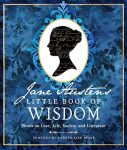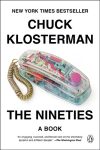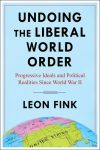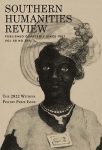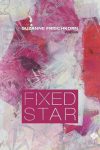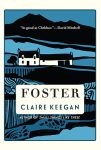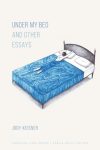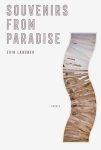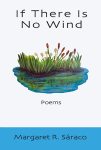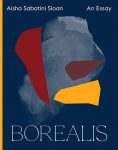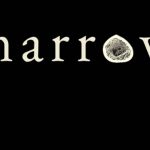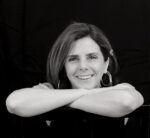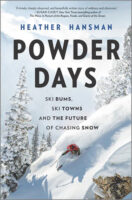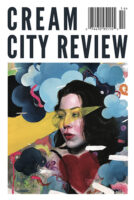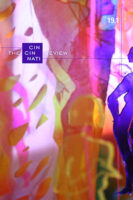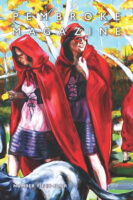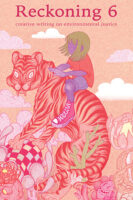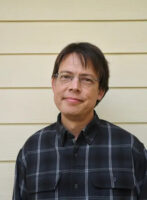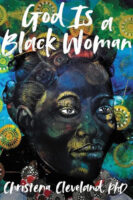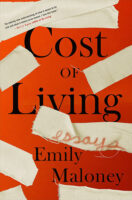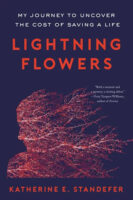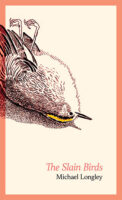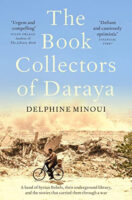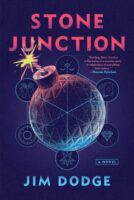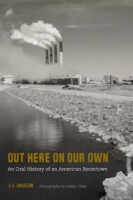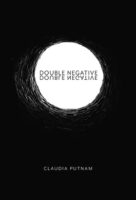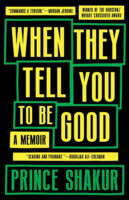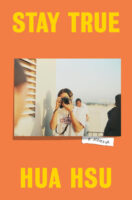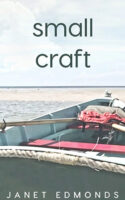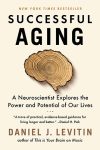
Guest Post by Kevin Brown
Author of Successful Aging, Daniel Levitin is a neuroscientist and cognitive psychologist who brings both of his specialties to bear in this book. Levitin explores how people’s behaviors affect their brains and vice versa as they age, with the ultimate goal of helping people navigate their later years with a better quality of life, focusing on health over longevity. Levitin pored through thousands of articles to determine what the latest science says about aging, and he comes out of that reading quite optimistic. One of my few complaints about the book, in fact, is that he seems too optimistic about science’s answers, too trusting of continued progress. However, he encourages readers to stay involved in some sort of meaningful work; to continue to develop relationships; to get outside and exercise, no matter the difficulty, choices most of us could integrate into our lives, in order to have a more enjoyable and healthier life. My other complaint is that there are times when the science gets overwhelming for a lay reader, as I skimmed the jargon, wanting to get back to more of his summary conclusions from that science. Levitin provides readers with practical, research-based techniques for moving into one’s sixties, seventies, and beyond in the best mental and physical health possible.
Successful Aging by Daniel Levitin. Dutton, December 2020.
Kevin Brown has published three books of poetry: Liturgical Calendar: Poems (Wipf and Stock); A Lexicon of Lost Words (winner of the Violet Reed Haas Prize for Poetry, Snake Nation Press); and Exit Lines (Plain View Press). He also has a memoir, Another Way: Finding Faith, Then Finding It Again, and a book of scholarship, They Love to Tell the Stories: Five Contemporary Novelists Take on the Gospels. Twitter @kevinbrownwrite or kevinbrownwrites.weebly.com/.



